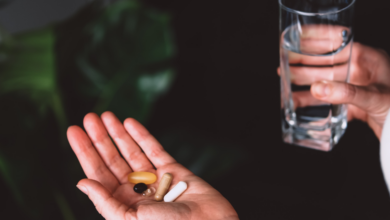
Sun damage can wreak havoc on your hair, leaving it dry, brittle, and lacking its natural luster. But fear not, because stylish.ae is here to lend a helping hand. In this handy guide, we will uncover the secrets to reviving sun-damaged hair and restoring it back to its healthy, vibrant state. So say goodbye to those pesky split ends and hello to a head of hair that shines as bright as the summer sun.
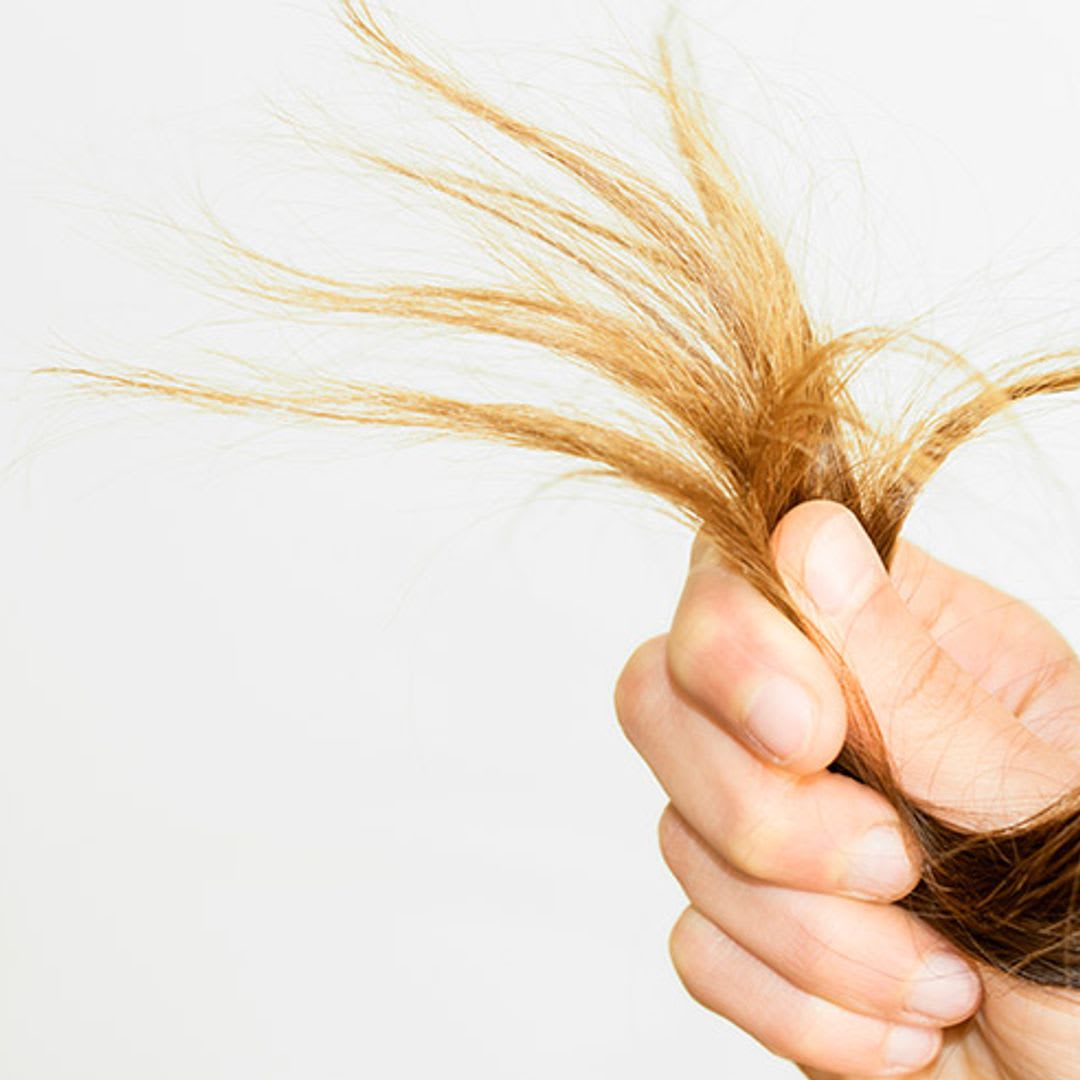
Understanding Sun-Damaged Hair
What causes sun damage to hair?
Sun damage to hair can be caused by prolonged exposure to the sun’s harmful ultraviolet (UV) rays. These rays can break down the natural protective proteins in our hair, such as keratin, leading to dryness, brittleness, color fading, and overall damage. The excessive heat from the sun can also cause the hair cuticles to lift, resulting in frizz and lack of shine.
How does the sun affect hair?
When our hair is exposed to the sun, the UV rays penetrate the hair shaft and weaken its structure. This can cause the hair to become dry, dull, and prone to breakage. Additionally, the sun can break down the pigment molecules in our hair, resulting in fading and loss of color. Over time, with repeated sun exposure, the hair can become severely damaged and lose its vitality.
Identifying sun-damaged hair
It’s important to be able to identify sun-damaged hair in order to provide it with the proper care and treatment. Look out for signs such as dry and brittle strands, split ends, frizz, lack of shine, color fading or discoloration, and overall hair weakness. If you notice these symptoms, it’s likely that your hair has been affected by the sun and requires attention.

Preventing Sun Damage
Using protective hair products with SPF
One of the most effective ways to prevent sun damage to your hair is by using protective hair products that contain SPF (Sun Protection Factor). These products create a barrier between your hair and the harmful UV rays, offering protection and preventing damage. Look for the shampoos for damaged hair, conditioners, and styling products that are specifically formulated with SPF to shield your hair from the sun’s rays.
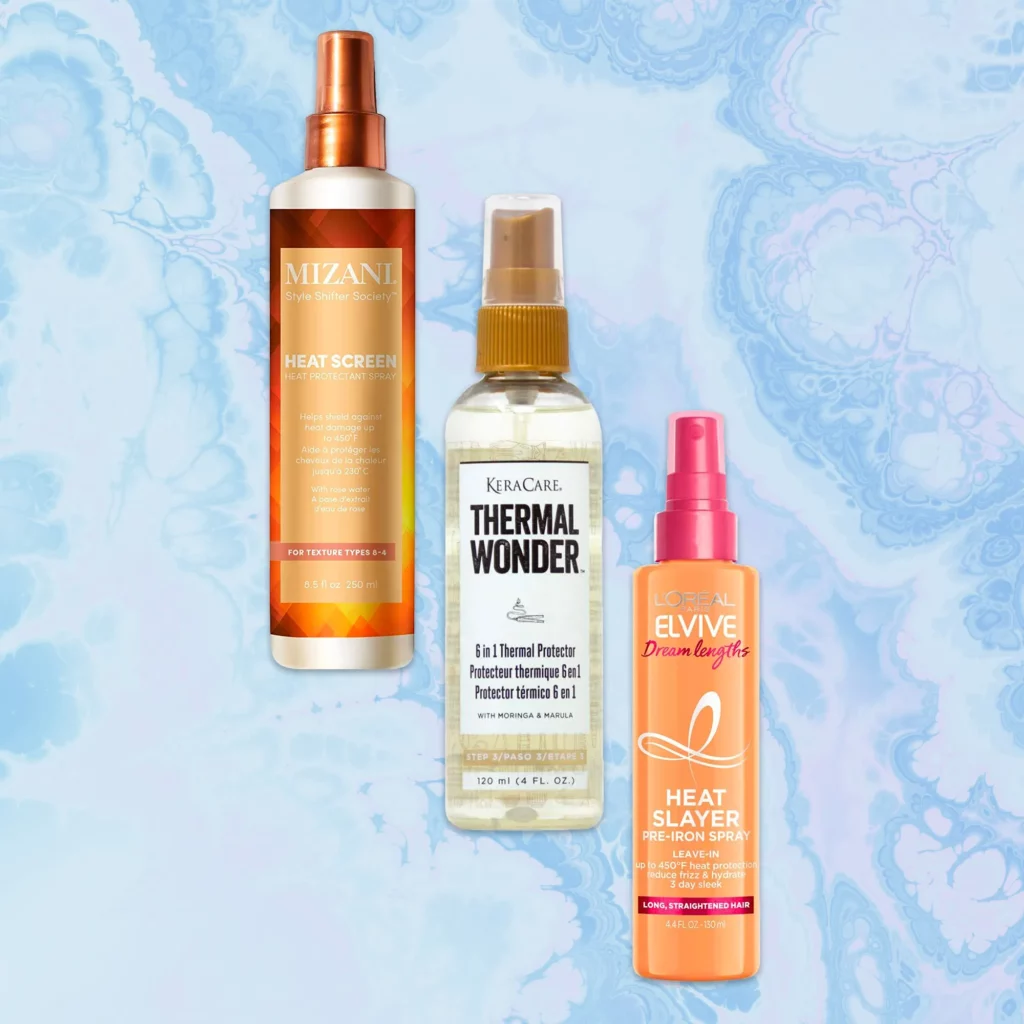
Covering your hair with a hat or scarf
Another simple yet effective way to protect your hair from sun damage is by covering it with a hat or scarf when you’re out in the sun. This physical barrier blocks the direct contact of UV rays with your hair, reducing the risk of damage. Opt for wide-brimmed hats or scarves made of natural fibers to provide maximum coverage and breathability.
Avoiding direct sun exposure during peak hours
To minimize the risk of sun damage, it’s advisable to avoid direct sun exposure during peak hours when the sun’s rays are the strongest. These hours typically fall between 10 am and 4 pm. If it’s necessary to be outside during this time, try to seek shade or use additional protective measures such as wearing a hat or applying hair products with SPF.

Home Remedies for Sun-Damaged Hair
Deep conditioning treatments
Deep conditioning treatments can be a lifesaver for sun-damaged hair. Look for deep conditioning masks or treatments that are specifically formulated to nourish and repair sun-damaged hair. These treatments are enriched with moisturizing ingredients that penetrate the hair shaft, replenishing lost moisture and improving its elasticity and strength.
Clarifying and detoxifying the hair
Overexposure to the sun can cause a buildup of products and impurities in the hair, making it dull and lifeless. Regularly clarifying and detoxifying the hair can help remove these buildups and restore its natural shine. Look for clarifying shampoos or DIY treatments that contain ingredients like apple cider vinegar or activated charcoal, which effectively cleanse the hair and scalp.
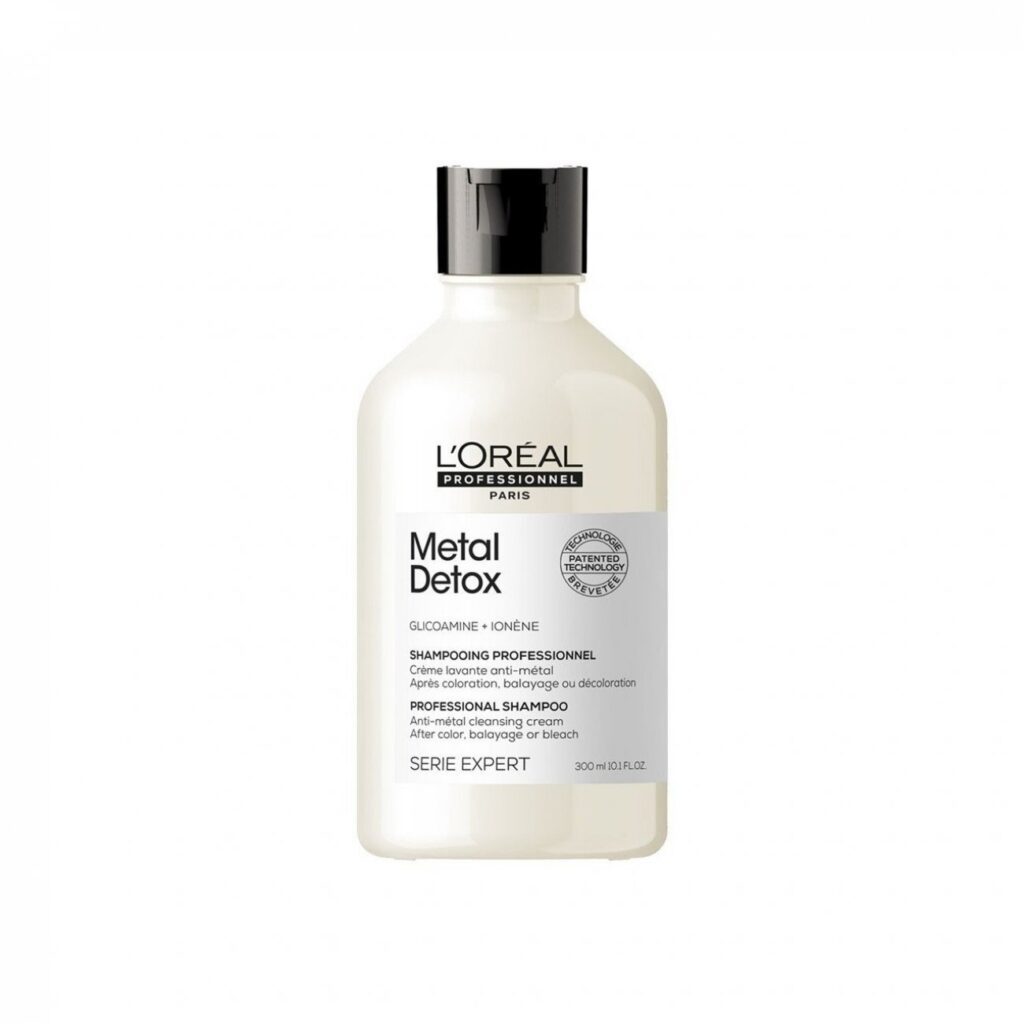
Aloe vera and coconut oil masks
Aloe vera and coconut oil are known for their moisturizing and rejuvenating properties. Combine these two ingredients to create a DIY hair mask that can help repair sun-damaged hair. Simply mix equal parts of aloe vera gel and coconut oil, apply the mixture to your hair, and leave it on for about 30 minutes before rinsing. This mask will provide intense hydration and nourishment to your hair, leaving it softer and more manageable.
Professional Treatments for Sun-Damaged Hair
Hair protein treatments
Hair protein treatments are professional salon treatments that help restore protein balance in sun-damaged hair. These treatments typically involve the application of a protein-rich formula to the hair, which helps strengthen and repair the damaged strands. Hair protein treatments can significantly improve the resilience and overall health of sun-damaged hair.
The damaging effects of the sun’s harsh rays can take a toll on our precious locks, leaving them brittle, weak, and lacking their natural luster. Fortunately, hair protein treatments come to the rescue, offering a rejuvenating solution for sun-damaged hair.
Hair protein treatments are specialized salon procedures designed to replenish the protein balance in our hair. Proteins, such as keratin, are the building blocks of our hair, providing strength and structural integrity. However, prolonged exposure to the sun’s UV rays can break down these proteins, leading to hair that is prone to breakage, split ends, and dullness.
During a hair protein treatment, a skilled stylist applies a protein-rich formula to the hair. This formula is carefully formulated to penetrate deep into the hair shaft, delivering essential nutrients and strengthening agents directly to the damaged strands. As the treatment is applied, the proteins begin to bond with the hair, reconstructing and fortifying it from within.
The benefits of hair protein treatments for sun-damaged hair are manifold. Firstly, these treatments effectively repair the damage caused by UV radiation, helping to reverse the effects of sun exposure. By restoring the protein balance, hair becomes more resilient, reducing breakage and split ends. Additionally, these treatments can bring back the natural shine and vibrancy of sun-damaged hair, leaving it looking healthier and more youthful.
Hair protein treatments are particularly beneficial for those with severely damaged hair or for individuals who frequently expose their hair to the sun. These treatments can be customized to suit different hair types and conditions, ensuring that each individual receives the appropriate level of care. Whether your hair is chemically treated, colored, or naturally textured, hair protein treatments can be tailored to meet your specific needs.
It is important to note that hair protein treatments should be performed by professional stylists who have the expertise and knowledge to administer these treatments safely and effectively. Consulting with a trusted salon professional will ensure that the treatment is tailored to your hair’s specific needs, ensuring optimal results while minimizing the risk of any potential side effects.
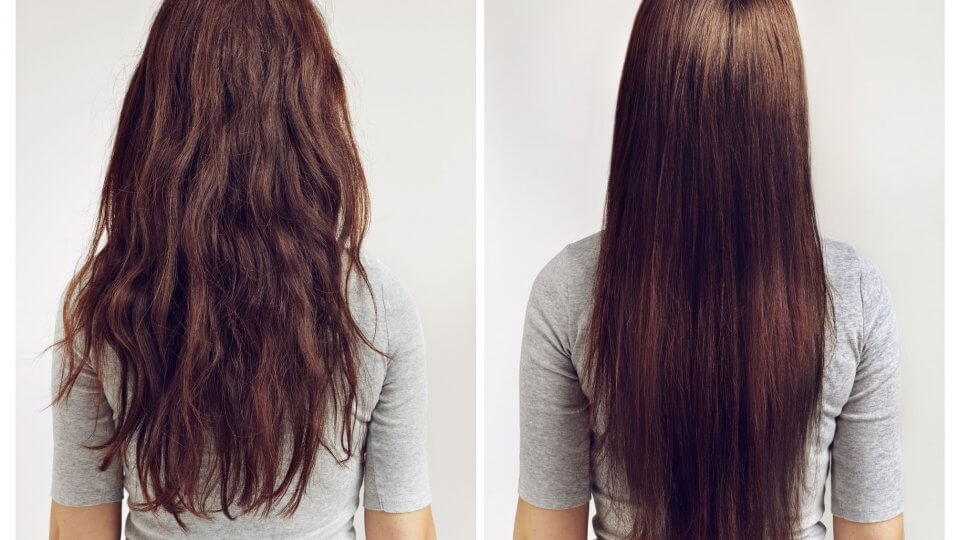
Keratin treatments
Keratin treatments are another popular choice for repairing sun-damaged hair. These treatments involve applying a keratin-based product to the hair, which helps smooth out the cuticles and adds a protective layer to the hair shaft. Keratin treatments can help reduce frizz, improve manageability, and restore shine to sun-damaged hair.
In addition to their popularity, keratin treatments have gained recognition as an effective solution for repairing hair that has been damaged by the harsh effects of the sun. The process of these treatments entails the application of a specialized product infused with keratin onto the hair strands. This infusion of keratin, a naturally occurring protein found in hair, works diligently to restore and rejuvenate the hair from within.
One of the primary advantages of keratin treatments is their ability to smooth out the cuticles, which are the outermost layer of the hair shaft. Overexposure to the sun’s harmful rays often leads to the cuticles becoming raised and damaged, resulting in a rough and frizzy appearance. However, with the application of a keratin-based product, these damaged cuticles are effectively sealed and smoothed, thereby providing the hair with a sleek and polished look.
Furthermore, keratin treatments also offer a protective layer to the hair shaft, acting as a shield against further sun damage. This protective layer serves as a barrier, preventing harmful UV rays from penetrating the hair and causing additional harm. By creating this shield, keratin treatments aid in maintaining the hair’s health and integrity, ensuring that it remains resilient against the detrimental effects of prolonged sun exposure.
In addition to their reparative properties, keratin treatments have been praised for their ability to significantly reduce frizz. Sun-damaged hair is notorious for its unruly and unmanageable nature, often leading to frustration and dissatisfaction. However, with the application of a keratin-based product, the hair becomes noticeably smoother and more manageable. The frizz is tamed, allowing for effortless styling and overall improved hair texture.

Hair glossing treatments
Hair glossing treatments are ideal for sun-damaged hair that has lost its vibrancy and luster. These treatments involve applying a specialized glossing formula to the hair, which adds shine, enhances color, and seals the hair cuticles. Hair glossing treatments can revive and rejuvenate sun-damaged hair, giving it a healthier and more radiant appearance.
In addition to their ability to restore shine and color, hair glossing treatments also provide numerous other benefits. The specialized glossing formula used in these treatments contains nourishing ingredients that help to repair and strengthen the hair. These ingredients penetrate deep into the hair shaft, replenishing lost moisture and nutrients.
Hair glossing treatments also offer protection against future damage. The glossing formula creates a protective barrier around each hair strand, shielding it from environmental aggressors such as sun exposure, pollution, and heat styling tools. This helps to prevent further damage and keep the hair looking vibrant and healthy.
Furthermore, hair glossing treatments can help to reduce frizz and improve manageability. The glossing formula smooths down the hair cuticles, minimizing roughness and creating a sleek and polished look. This makes styling the hair easier and allows for a more controlled and professional finish.
Hair glossing treatments are suitable for all hair types and can be customized to meet individual needs. Whether you have fine, thin hair that lacks volume or thick, coarse hair that needs taming, a hair glossing treatment can address your specific concerns. The formula can be adjusted to provide the desired level of shine and color enhancement, ensuring that each client achieves their desired results.
Overall, hair glossing treatments are a versatile and effective solution for sun-damaged hair. They offer a range of benefits, from restoring vibrancy and luster to repairing and protecting the hair. With their ability to revive and rejuvenate, these treatments can give your hair a healthier and more radiant appearance, leaving you feeling confident and beautiful.
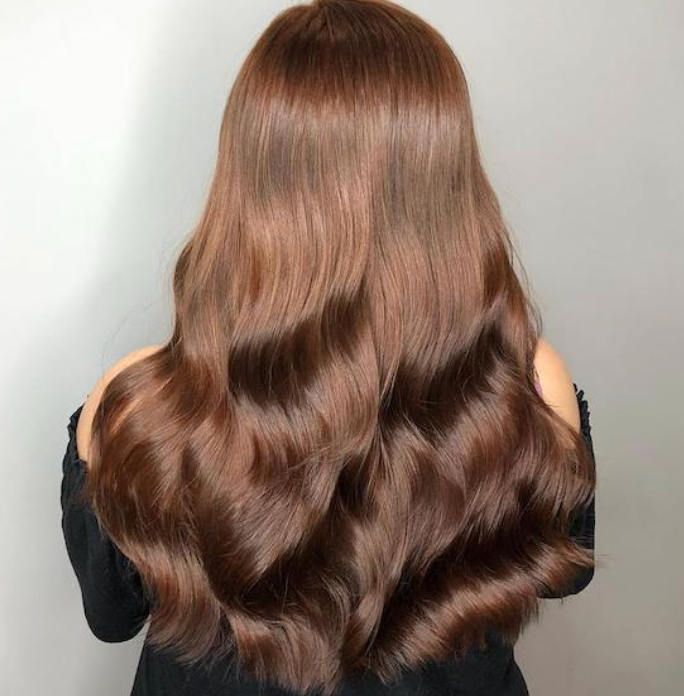
Trimming and Cutting Sun-Damaged Hair
The importance of trimming
Regular trims are essential for sun-damaged hair. Trimming the ends of your hair helps get rid of split ends, which can worsen the damage and make your hair appear unhealthy. By removing these damaged ends, you promote healthy hair growth and prevent further breakage. Aim to get a trim every six to eight weeks to maintain the health and appearance of your hair.
Choosing the right haircut for damaged hair
If your hair has been severely damaged by the sun, it may be necessary to consider a haircut that removes a significant amount of the damaged hair. Discuss with your hairstylist the best haircut options that suit your face shape and hair texture while helping to remove the majority of the sun-damaged ends. By opting for a fresh haircut, you allow new, healthy hair to grow.

Styling options for shorter hair
If you choose to go for a shorter haircut to remove sun-damaged hair, there are still many styling options available to experiment with. Shorter hair can be easily styled with minimal effort, making it a convenient choice for those who are looking to simplify their hair care routine. Consider pixie cuts, bob hairstyles, or layered looks that can be effortlessly styled using various hair products and tools.
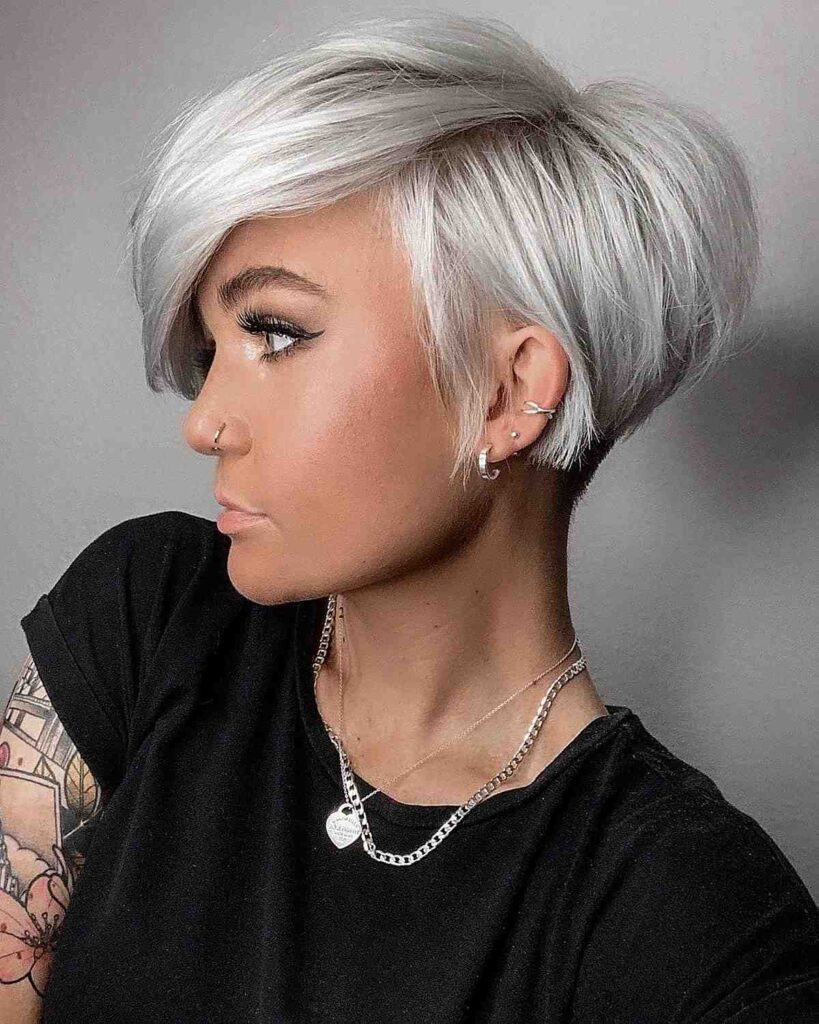
Restorative Hair Care Products
Repairing shampoos and conditioners
Using the best repairing shampoos for damaged hair and conditioners specifically designed for sun damaged hair can greatly contribute to its restoration. Look for products that are formulated with moisturizing ingredients such as argan oil, shea butter, or avocado oil. These ingredients help nourish the hair, repair damage, and restore its natural hydration and shine.
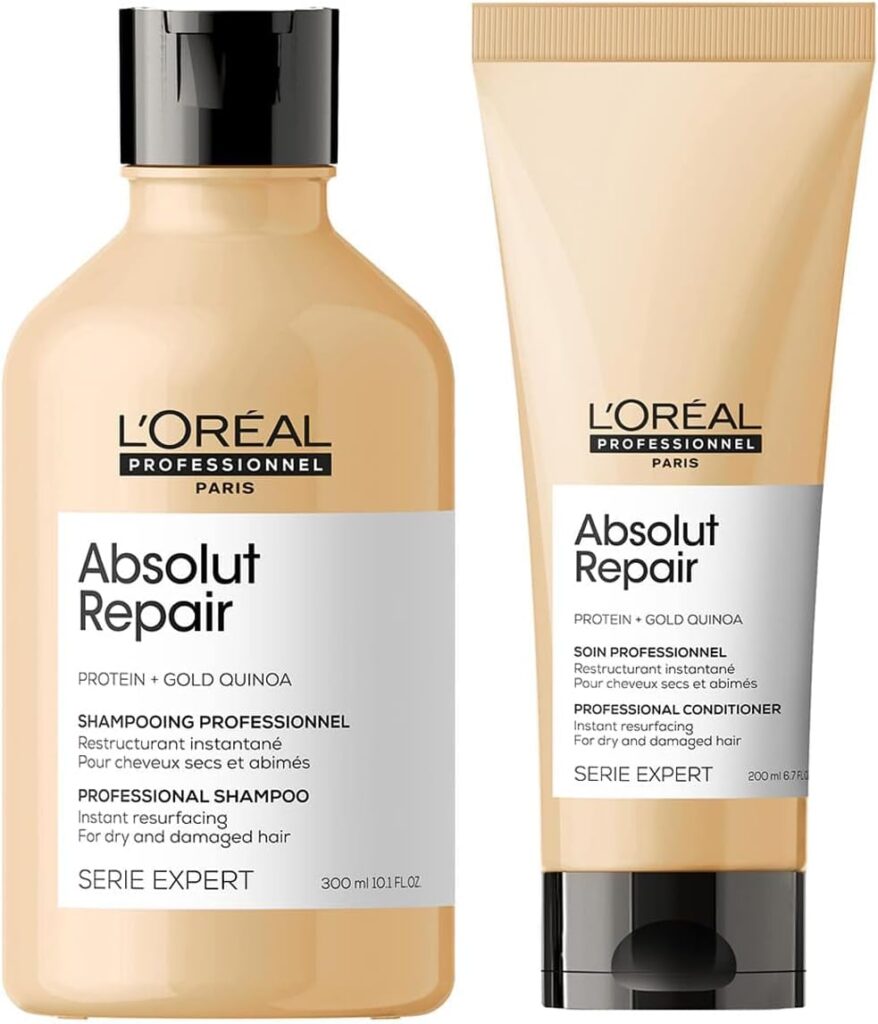
Leave-in treatments and serums
Leave-in treatments and serums are excellent options for ongoing maintenance and protection of sun-damaged hair. These lightweight products provide an extra layer of moisture and protection throughout the day, preventing further damage from environmental factors. Apply leave-in treatments or serums to towel-dried hair, focusing on the ends and mid-lengths for best results.

UV-protective hair sprays
UV-protective hair sprays act as a shield against the sun’s harmful rays. These sprays provide an additional layer of protection, preventing further damage and color fading caused by UV exposure. Apply the UV-protective hair spray evenly on dry or damp hair before heading out in the sun, emphasizing the areas that are most exposed.
Protecting and Maintaining Sun-Damaged Hair
Avoiding excessive heat styling
Excessive heat styling can further damage sun-damaged hair, leading to increased dryness and brittleness. To protect your hair, avoid using heat styling tools such as flat irons, curling irons, and hairdryers set to high heat. If you must use heat styling tools, always apply a heat protectant product to minimize damage and use the lowest heat setting possible.
Using a wide-toothed comb
To prevent breakage and further damage, use a wide-toothed comb instead of a brush when detangling sun-damaged hair. A wide-toothed comb minimizes pulling and stretching, reducing the risk of breakage and split ends. Start from the ends and gently work your way up, gradually removing tangles and knots without causing additional damage.
Regularly moisturizing and hydrating the hair
Proper hydration is essential for restoring and maintaining sun-damaged hair. Regularly moisturize your hair by applying leave-in conditioners or natural oil-based treatments. These products help seal in moisture and keep your hair hydrated, improving its overall health and appearance. Incorporate hydrating treatments into your hair care routine to maintain the moisture balance and prevent further damage.
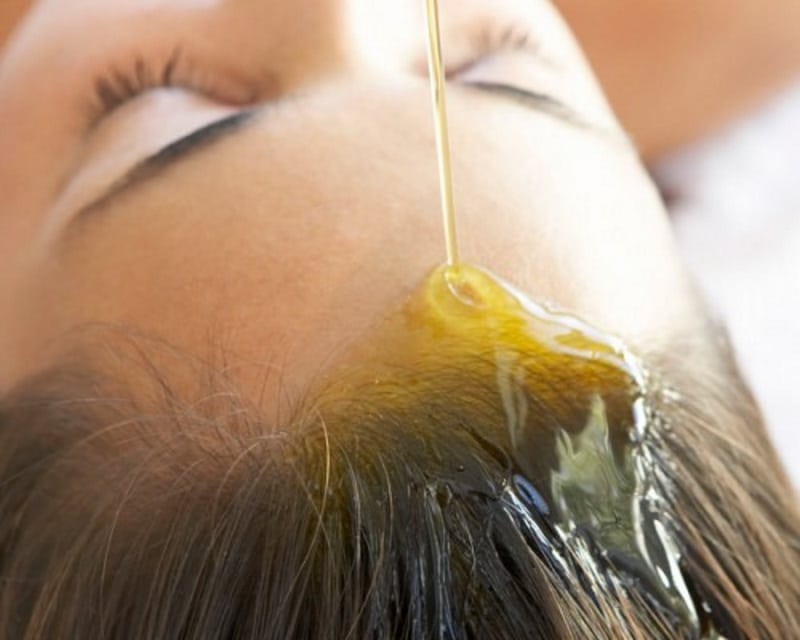
Diet and Nutrition for Hair Restoration
Importance of a balanced diet
Maintaining a balanced diet is crucial for promoting hair restoration and overall hair health. Include a variety of nutrient-rich foods in your diet, such as fruits, vegetables, lean proteins, whole grains, and healthy fats. These foods provide the necessary vitamins, minerals, and antioxidants that support healthy hair growth and repair.
Key nutrients for hair health
Certain nutrients are particularly beneficial for restoring sun-damaged hair. Vitamin E promotes scalp health and improves circulation, while vitamin C strengthens hair follicles and supports collagen production. Biotin helps strengthen the hair structure, and omega-3 fatty acids contribute to healthy hair growth. Ensure your diet includes foods rich in these nutrients or consider supplements formulated for hair health.
Supplements for promoting hair growth
In addition to a balanced diet, supplements can be used to provide extra support for hair restoration. Look for supplements that contain ingredients such as biotin, collagen, keratin, or vitamins specifically targeted for hair health. Consult with a healthcare professional or a nutritionist to determine the most suitable supplements for your needs and to ensure proper dosage.

Additional Tips and Advice
Avoiding chlorine and saltwater
Chlorine and saltwater can strip the hair of its natural oils and exacerbate damage. Before swimming in a pool, wet your hair thoroughly with clean water to limit its absorption of chlorinated water. After swimming in saltwater or chlorine, rinse your hair with freshwater immediately to remove any residue, and follow up with a moisturizing treatment or conditioner to restore hydration.
Avoiding harsh chemicals and coloring treatments
While your damaged hair is in the process of restoration, it’s best to avoid harsh chemicals and excessive coloring treatments. These treatments can further weaken and damage the hair, hindering its recovery. Purchase gentle and sulfate-free hair care products, and avoid any unnecessary chemical processes until your hair has regained its strength and vitality.
Being gentle while towel drying or brushing hair
To minimize breakage, be gentle when towel drying or brushing sun-damaged hair. Instead of vigorously rubbing your hair with a towel, gently squeeze out excess water and allow it to air dry whenever possible. When brushing, use a wide-toothed comb or a brush with soft bristles to detangle the hair without causing additional damage.
Consulting a Hair Specialist
When to seek professional help
If your hair is severely damaged and home remedies or basic care methods do not yield satisfactory results, it may be time to seek professional help. A hair specialist, such as a trichologist or a hairstylist with expertise in damaged hair, can assess the extent of the damage and recommend suitable treatments and products to restore your hair’s health.
Common procedures for hair restoration
Hair restoration procedures can vary depending on the individual’s specific needs and the severity of the damage. Some common procedures include hair protein treatments, scalp treatments, deep conditioning therapies, and specialized haircuts. These procedures are designed to repair, nourish, and revitalize sun-damaged hair, promoting its overall health and appearance.
Choosing the right hair specialist
When selecting a hair specialist, it’s important to choose someone with experience and expertise in treating sun-damaged hair. Look for professionals who have a track record of successful restoration cases and positive client testimonials. Schedule consultations with different specialists to discuss your concerns, ask questions, and determine which specialist is the best fit for your hair restoration journey.
By following these comprehensive tips and guidance, you can effectively restore and maintain your sun-damaged hair. Remember to be patient and consistent in your hair care routine, and over time, you will see noticeable improvements in the strength, shine, and overall health of your hair. Enjoy your rejuvenated and beautiful locks, protected from the harmful effects of the sun.

FQAs
- How do you fix frizzy damaged hair?
- Deep conditioning treatments can be beneficial for sun-damaged hair.
- Aloe vera and coconut oil masks can help repair sun-damaged hair.
- Hair protein treatments and keratin treatments can improve the resilience and health of sun-damaged hair.
- Hair glossing treatments can revive and rejuvenate sun-damaged hair.
- Using repairing shampoos and conditioners formulated with moisturizing ingredients can help.
- Leave-in treatments and serums can provide an extra layer of moisture and protection.
- UV-protective hair sprays can prevent further damage and color fading.
- Avoid excessive heat styling and use heat protectant products.
- Use a wide-toothed comb to minimize pulling and stretching.
- Regularly moisturize and hydrate the hair with leave-in conditioners or natural oil-based treatments.
- Why is my hair damaged and frizzy?
- Sun damage to hair can occur from prolonged exposure to UV rays, leading to dryness, brittleness, and overall damage. The sun can cause hair cuticles to lift, resulting in frizz and lack of shine.
- Can shampoo restore damaged hair?
- Using repairing shampoos specifically designed for sun-damaged hair can contribute to its restoration.
- Can you actually repair damaged hair?
- Yes, there are several methods mentioned, including deep conditioning treatments, protein treatments, keratin treatments, hair glossing treatments, and using specialized shampoos and conditioners.
- How do you fix damaged hair completely?
- Implementing a combination of the treatments mentioned, including professional salon treatments, using restorative hair care products, protecting hair from further damage, maintaining a balanced diet, and possibly considering a haircut to remove severely damaged parts can aid in fixing damaged hair. Regular trims are also essential for maintaining the health and appearance of hair.
Eucerin Hyaluron Filler + Volume Lift Day Cream Review(Opens in a new browser tab)
How Diet Affects Different Skin Types: Stylish.ae’s Nutritional Guide(Opens in a new browser tab)




